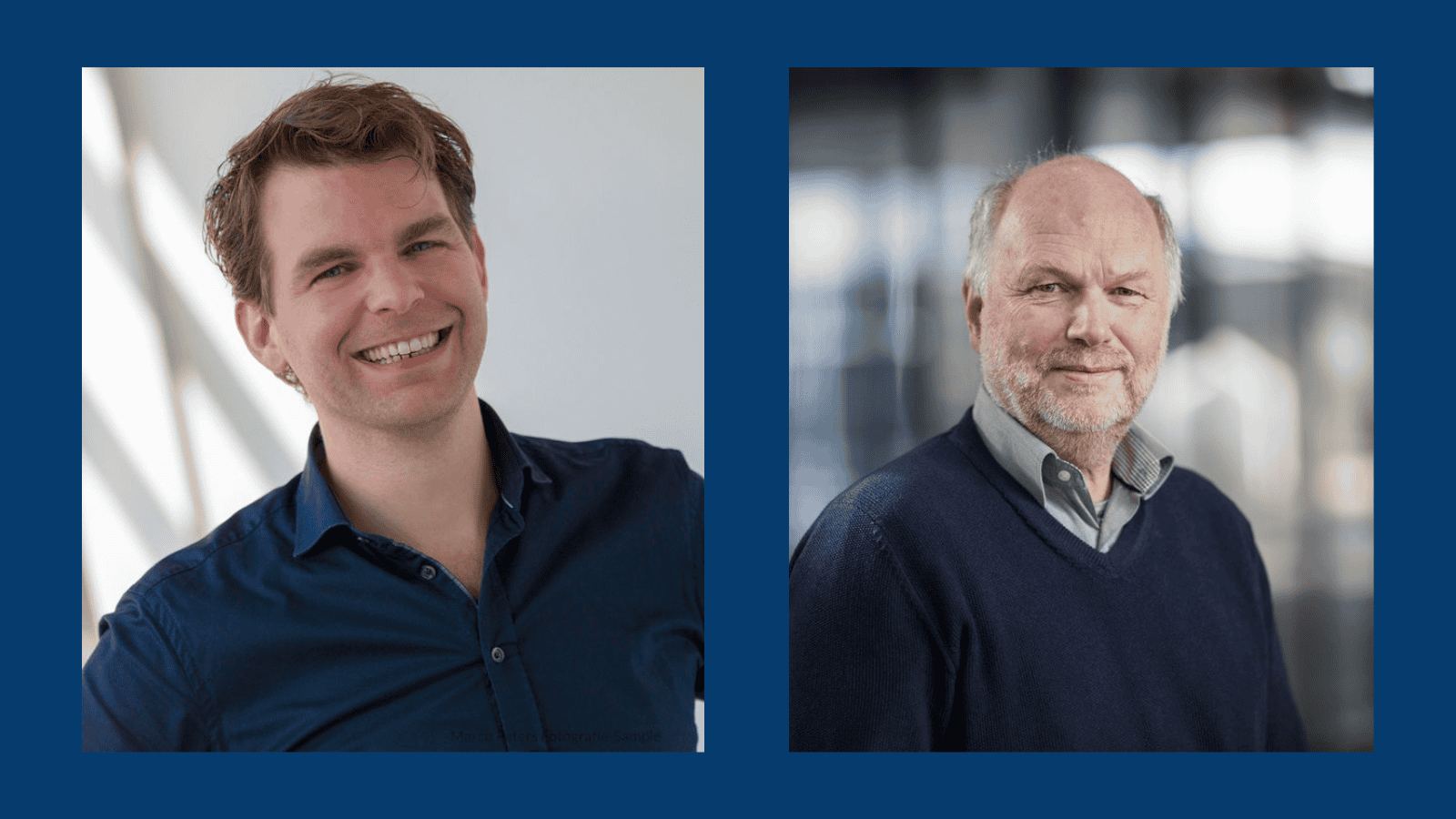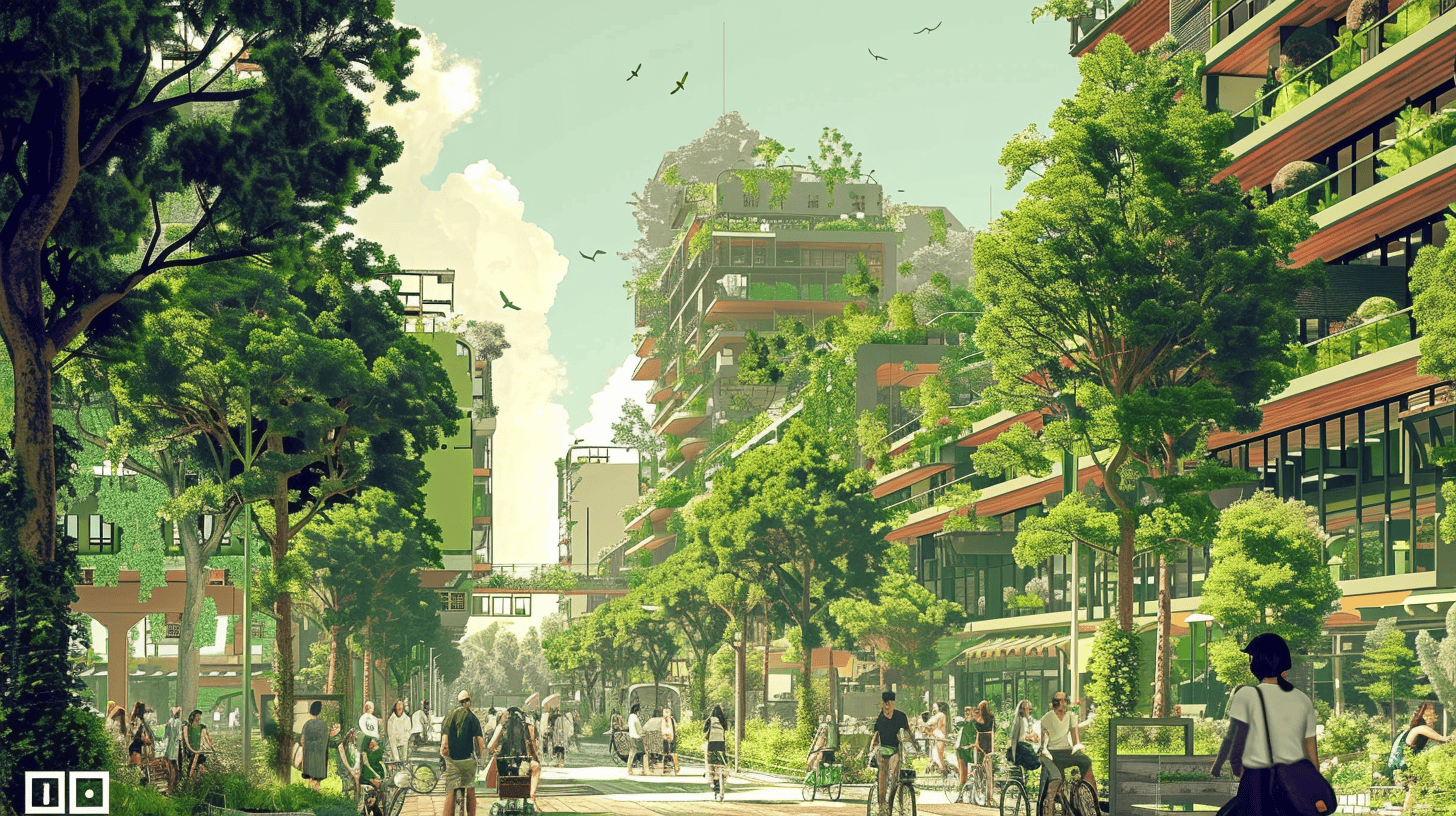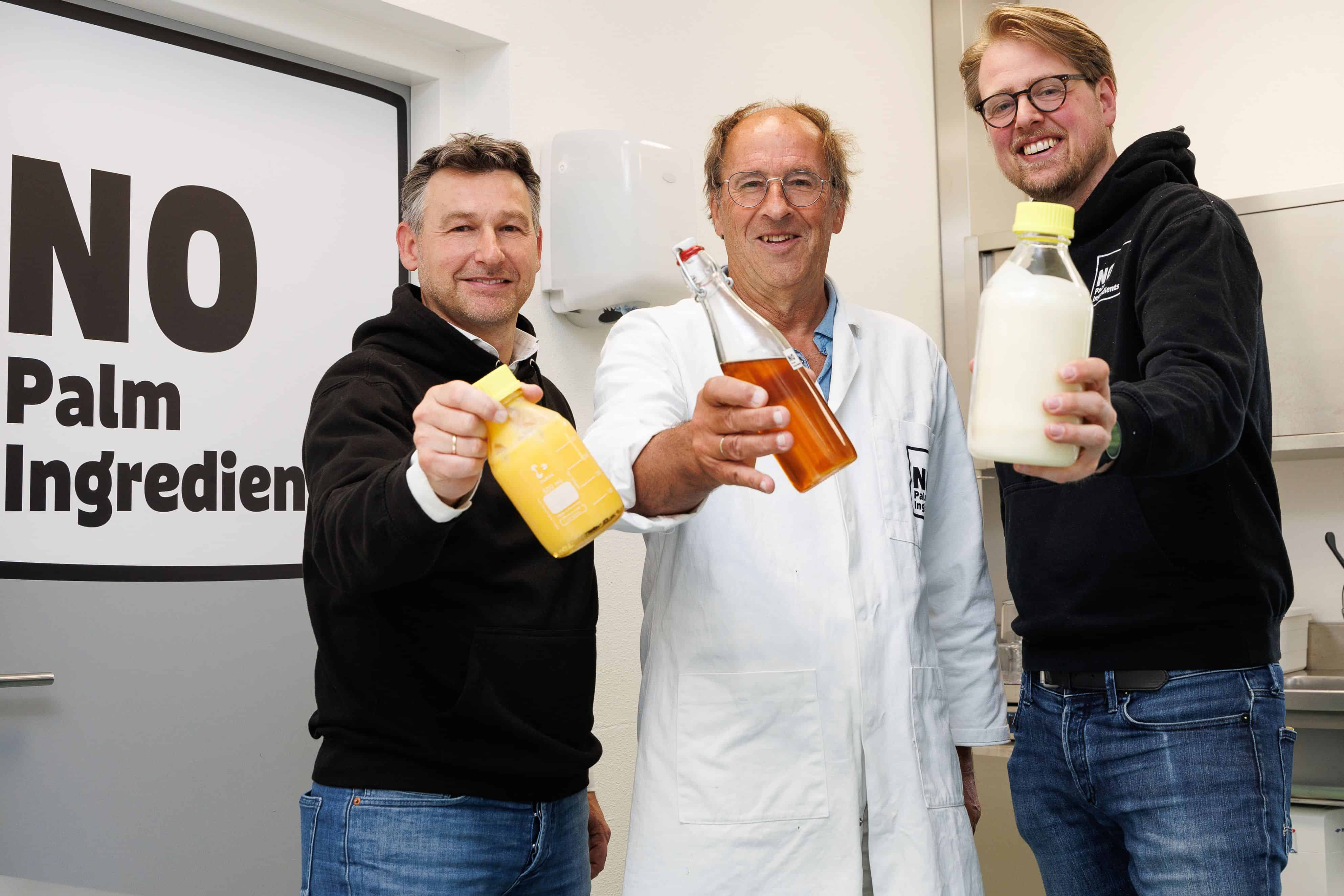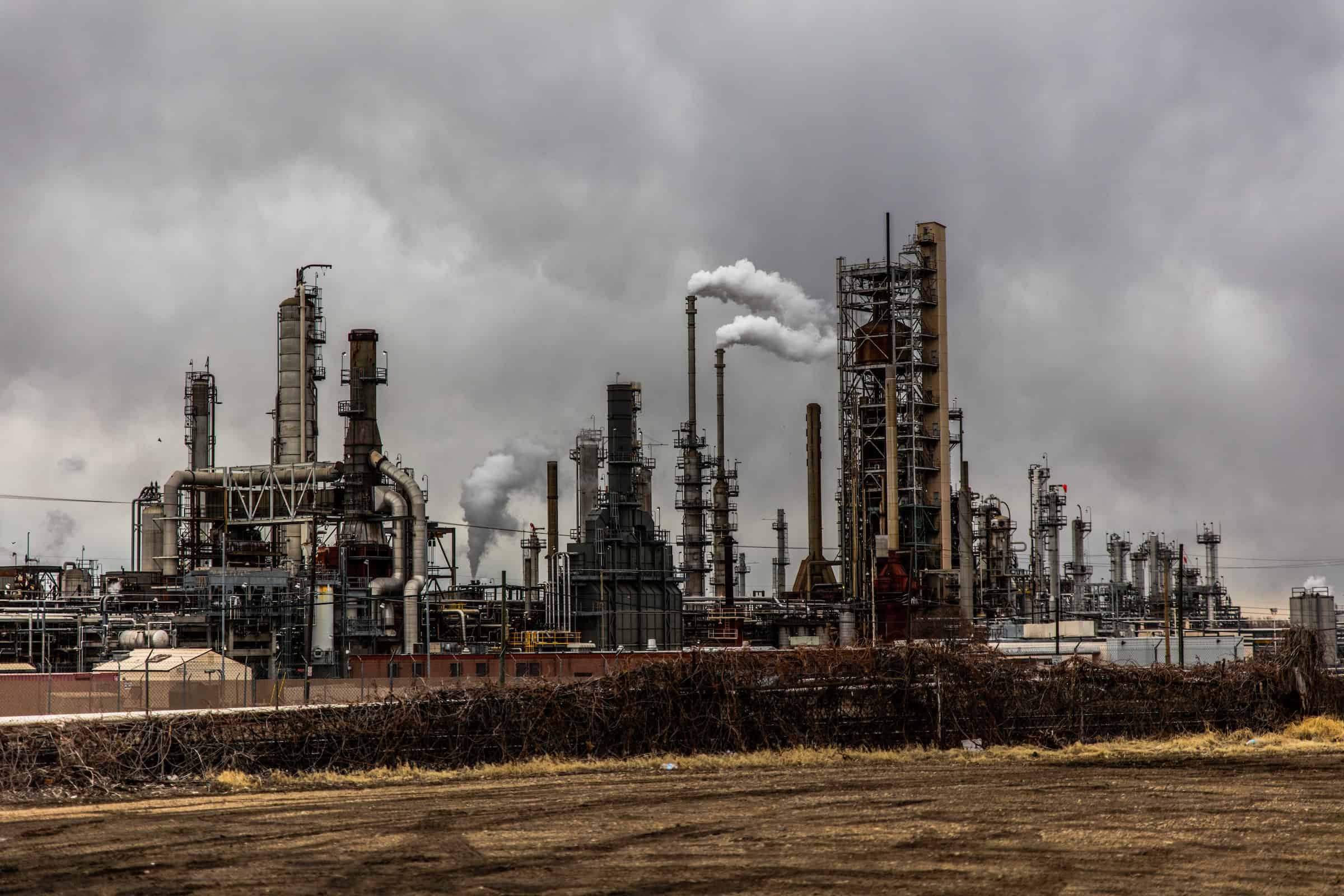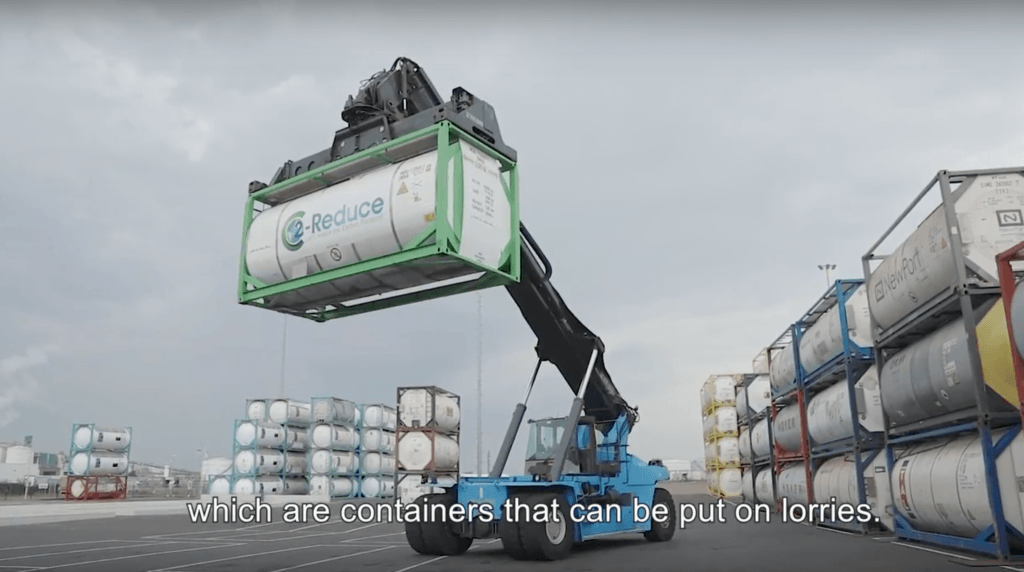
The ITCO sector organization estimates that approximately 250,000 tank containers were in use in the Netherlands in 2009. These take care of the transport of liquids, foodstuffs, animal feed, gases, chemicals and even explosives. In total, it was expected that this involved more than 675,000 transports by truck, train, boat and trailer, and that has become even more so in the course of time. If you consider that every tank container has to be completely rinsed and cleaned after every load and that 1.5 to 2 cubic metres of water per rinse go through it, you know what kind of waste this entails. The Valkenswaard based company Mega-Inliner felt that this had to change. Two years ago they developed, therefore, a product of the same name, which makes rinsing and cleaning tank containers obsolete.
“The Mega-Inliner is simply a large plastic bag made of high-tech foil, which can be placed in the tank container and ensures that no gases can enter or exit”, says Sidon van Laarhoven, owner and major shareholder of the company. “This not only saves millions of liters of drinking water annually, but also significantly reduces CO2 emissions. This is because haulers can now easily move from load to load and no longer have to go to a cleaning station after every load.”
In addition, the Mega-Inliner increases food safety and has nothing to do with restrictions that apply, such as the fact that for every new cargo, the previous 5 freight loads must be announced and may not conflict. This also saves a considerable amount of work. “With the Mega-Inliner we focus on all liquid, non-hazardous substances, also called NON ADR products. Examples include beer, juices, syrups, milk, yogurts, but also latex, rubber, and glycerine.” However, it is essential that the tank container is converted and fitted with an adapted spout and a manhole at the bottom of the rear end. “This is in order to be able to place and remove the bag and to prevent unwanted attributes from falling into the tank, as was sometimes the case with a manhole at the top.”
Although the idea of the Mega-Inliner is really very obvious, the product can be called a pioneering innovation. But having a good idea is one, bringing it to the market and scaling it up turns out to be a different story. Van Laarhoven: “About three years ago the idea for the Mega-Inliner was born and in the meantime, I have been busy with all the preparations. For example, we first looked at the technical feasibility of the product, which was, in fact, parallel to its marketability. Extensive research has been carried out to understand the needs of the market. In the end, we put a theoretical prototype of the Mega-Liner and that turned out to be a match. Only then did we have a business case.”
“Not being able to get a container has ultimately brought us much further ahead than we had hoped for.”,
The technical bottlenecks were virtually solved by now and at that moment a financing need arose. “After all, it costs a lot of money to scale up and move from manual to fully automated production. All our plans were then transferred to Rabobank’s Teckle adviser. The conclusion of the meeting was that Rabobank itself could not make any difference in terms of financing, as they were not allowed to enter the pre-seed phase from a legal point of view, but they did open a very important door to us, namely to Bright Move. This investment vehicle is a partnership between TU/e, Fontys, Brainport Development and the BOM and it helps starting entrepreneurs to bring their high-tech ideas to the market. For example, Bright Move invests in development, BOM acts as a co-funding partner and Rabobank is involved in the expert team that comments on the plans from various angles.
During the development phase, Van Laarhoven faced another challenge. “To be able to test the product, we needed a tank container. A second hand copy costs on average about 10,000 euros, but unfortunately, there was no hauler willing to make one available to us. It turned out that as a new kid on the block you are a real threat to existing parties in a rather conservative industry. In the end, I asked my business partner Willy van Barschot to find one at all costs. And with success. Within a week we met with Jan van Opstal, co-owner of Tankwell, a Rotterdam producer of tank-containers. We could get every tank container we wanted.”
Problem solved, you would think, but then the question arose as to why you would build an existing container when you were at the source of production. “In other words, why you don’t convert debited tanks to Mega-Inliners in order to contribute directly to the CO2 reduction. This was a new collaboration and we will now jointly produce and market our own Mega-Inliner containers under the name Co2-Reduce BV. The first prototypes are now ready and have been put into use by customers for testing. The first responses are positive. So you can see that not being able to get a container has ultimately brought us much further ahead than we had hoped for.”



